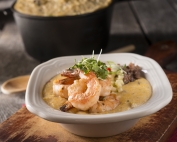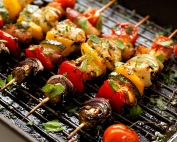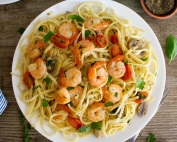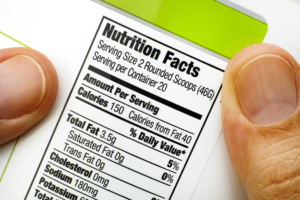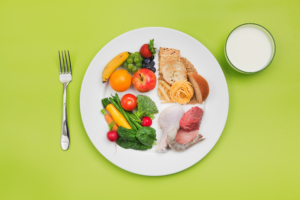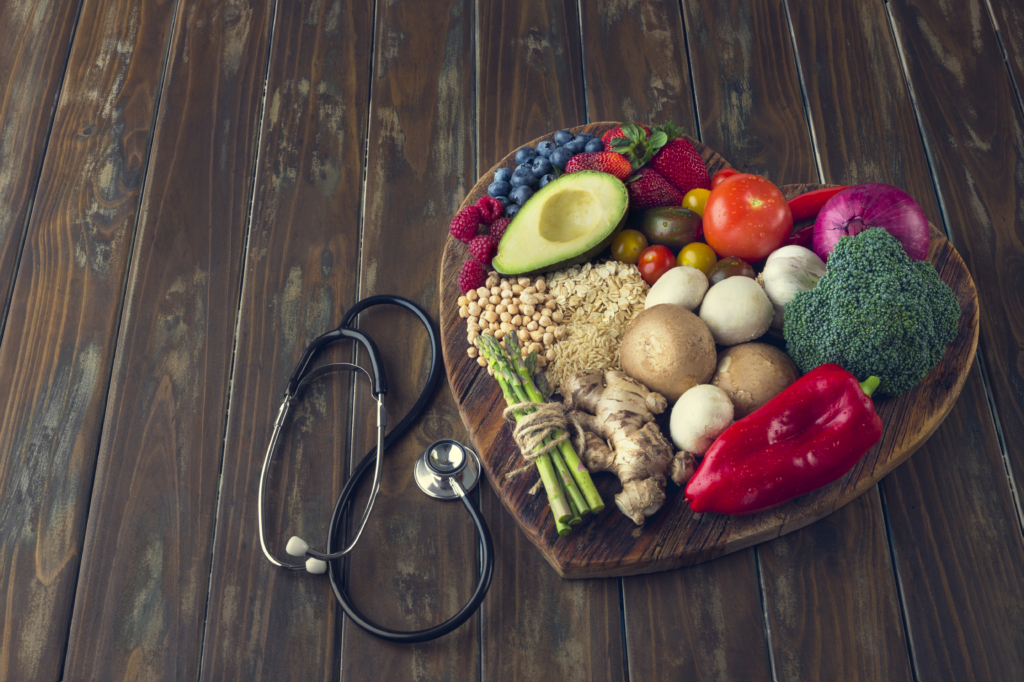Nutrition
What you eat takes on a whole new meaning when you have kidney disease. This section will help you understand what to eat and what to avoid or minimize as you plan your meals. You can explore creative ways to limit your fluid intake and have fun trying new recipes.
Contents:
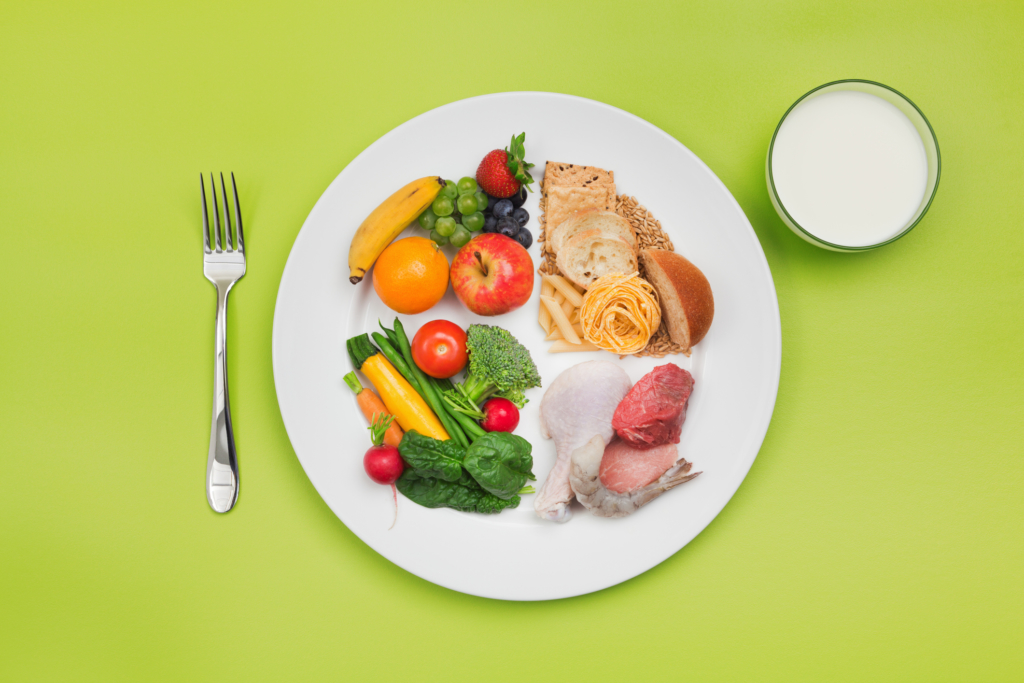
General nutrition guidelines for patients on dialysis, which will vary depending on body size, are listed below. In addition, each person is different and may require numbers that fall outside of the recommended guidelines. Remember, these are just estimates. The chart below is based off of a 150lb individual.
| Nutritional Parameter | Stages 1-4 CKD | Stage 5 Hemodialysis | State 5 Peritoneal Dialysis |
|---|---|---|---|
| Calories (kcal/kg/d) | 35 < 60 yrs = 2380 Calories 30-35 ≥ 60 = 2040-2380 Calories |
35 < 60 yrs 30-35 ≥ 60 yrs |
35 < 60 yrs 30-35 ≥ 60 yrs, include Calories from dialysate |
| Protein (g/kg/d) | 0.6-0.75 = 41-51 g | 1.2 = 81 | 1.2-1.3 = 81-88 |
| Fat (% total kcal) | For patients at risk for CVD, < 10% saturated fat, 250-300 mg cholesterol/d | ||
| Sodium (mg/d) | <1500 | <1500 | <1500 |
| Potassium (mg/d) | Match to lab values | 2000-3000 | 3000-4000 |
| Calcium (mg/d) | 1200 | ≤ 2000 from diet and meds | ≤ 2000 from diet and meds |
| Phosphorus (mg/d) | Match to lab values | 800-1000 | 800-1000 |
| Fluid (mL/d) | Unrestricted w/ normal urine output | 1000 + urine 34 fl oz | Monitor; 1500-2000 51-68 fl oz |
Please note that some foods have all nutrients such as phosphorus content listed on their nutrition labels, but most don’t.

